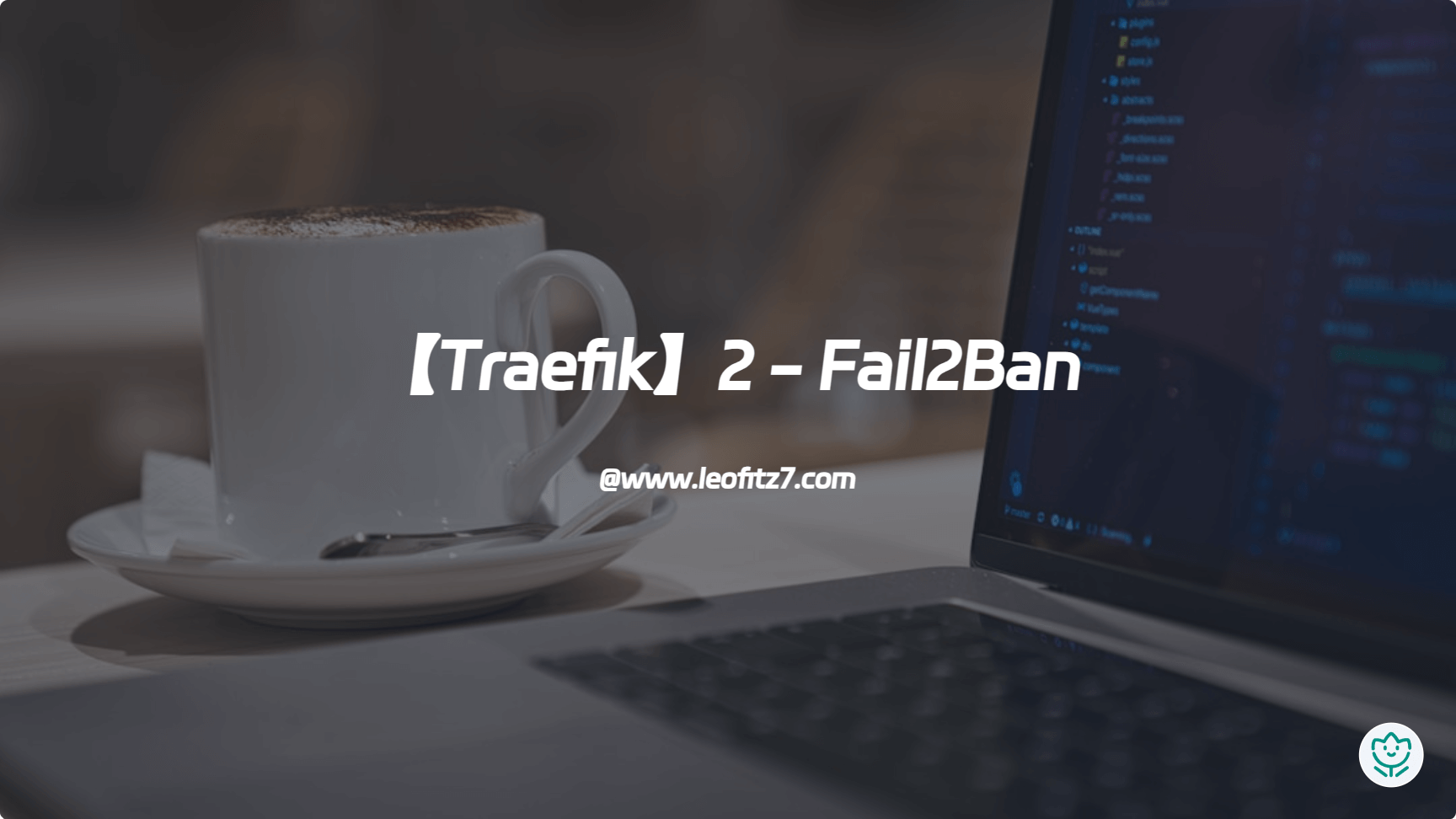1
2
3
4
5
6
7
8
9
10
11
12
13
14
15
16
17
18
19
20
21
22
23
24
25
26
27
28
29
30
31
32
33
34
35
36
37
38
39
40
41
42
43
44
45
46
47
48
49
50
51
52
53
54
55
56
57
58
59
60
61
62
63
64
65
66
67
68
69
70
71
72
73
74
75
76
77
78
79
80
81
82
83
84
85
86
87
88
89
90
91
92
93
94
95
96
97
98
99
100
101
102
103
104
105
106
107
108
109
110
111
112
113
114
115
116
117
118
119
120
121
122
123
124
125
126
127
128
129
130
131
132
133
134
135
136
137
138
139
140
141
142
143
144
145
146
147
148
149
150
151
152
153
154
155
156
157
158
159
160
161
162
163
164
165
166
167
168
169
170
171
172
173
174
175
176
177
178
179
180
181
182
183
184
185
186
187
188
189
190
191
192
193
194
195
196
197
198
199
200
201
202
203
204
205
206
207
208
209
210
211
212
213
214
215
216
217
218
219
220
221
222
223
224
225
226
227
228
229
230
231
232
233
234
235
236
237
238
239
240
241
242
243
| import lombok.extern.slf4j.Slf4j;
import org.springframework.beans.factory.annotation.Autowired;
import org.springframework.stereotype.Component;
import org.springframework.util.ObjectUtils;
import javax.websocket.*;
import javax.websocket.server.HandshakeRequest;
import javax.websocket.server.PathParam;
import javax.websocket.server.ServerEndpoint;
import javax.websocket.server.ServerEndpointConfig;
import java.io.IOException;
import java.util.List;
import java.util.Map;
import java.util.concurrent.ConcurrentHashMap;
import java.util.concurrent.ExecutorService;
import java.util.concurrent.Executors;
import java.util.concurrent.atomic.AtomicInteger;
@ServerEndpoint(value = "/websocket/{userId}", subprotocols = {"wxatrep"}, configurator = WebSocketServer.CustomWebSocketConfigurator.class)
@Component
@Slf4j
public class WebSocketServer {
private static final AtomicInteger ONLINE_COUNT = new AtomicInteger(0);
private static final ConcurrentHashMap<String, Session> CLIENTS_MAP = new ConcurrentHashMap<>();
private static final ExecutorService TASK_POOL = Executors.newFixedThreadPool(3);
private volatile String userId;
public static class CustomWebSocketConfigurator extends ServerEndpointConfig.Configurator {
@Override
public void modifyHandshake(ServerEndpointConfig config, HandshakeRequest request, HandshakeResponse response) {
super.modifyHandshake(config, request, response);
List<String> tokenList = request.getHeaders().get("sec-websocket-protocol");
if (tokenList != null && tokenList.size() > 0) {
String token = tokenList.get(0);
config.getUserProperties().put("token", token.split(",")[0].trim());
}
}
}
@OnOpen
public void onOpen(@PathParam("userId") String userId, Session session) throws Exception {
Map<String, Object> userProperties = session.getUserProperties();
Object tokenO = userProperties.get("token");
if (ObjectUtils.isEmpty(tokenO)) {
throw new Exception("token not found");
}
String token = tokenO.toString();
this.userId = userId;
CLIENTS_MAP.put(userId, session);
log.info("A new webSocket connected, userId -> [{}], all connected num -> [{}]", userId,
ONLINE_COUNT.incrementAndGet());
}
@OnClose
public void onClose() {
if (!ObjectUtils.isEmpty(userId)) {
CLIENTS_MAP.remove(userId);
log.info("A webSocket closed, userId -> [{}], current connected num -> [{}]", userId,
ONLINE_COUNT.decrementAndGet());
}
}
@OnMessage
public void onMessage(@PathParam("userId") String userId, String message, Session session) throws IOException {
if (!ObjectUtils.isEmpty(message) && WebSocketMessageTypeEnum.HEART.name().equals(message)) {
sendMessage(message, session);
} else {
log.info("get message from client -> [{}]", message);
}
}
@OnError
public void onError(Session session, Throwable error) {
if (error instanceof java.io.EOFException) {
log.warn("ws normally disconnect with max connect timeout, session id -> [{}]", session.getId());
} else {
log.error("ws error -> {} session id -> [{}]", error.getMessage(), session.getId(), error);
}
try {
session.close();
} catch (IOException e) {
log.error("ws close error -> {} session id -> [{}]", error.getMessage(), session.getId(), error);
}
}
public static void broadcastMessage(String message) {
TASK_POOL.submit(() -> {
for (Session session : CLIENTS_MAP.values()) {
try {
sendMessage(message, session);
} catch (IOException e) {
log.error("broadcast message error -> {}", e.getMessage(), e);
}
}
});
}
public static void sendMessage(String message, String userId) {
for (String clientUserId : CLIENTS_MAP.keySet()) {
if (userId.equals(clientUserId)) {
TASK_POOL.submit(() -> {
try {
sendMessage(message, CLIENTS_MAP.get(clientUserId));
} catch (IOException e) {
log.error("send message error, userId -> [{}], message -> [{}], because -> [{}]",
userId, message, e.getMessage(), e);
}
});
break;
}
}
}
public static void sendMessage(String message, List<String> userIdList) {
TASK_POOL.submit(() -> {
for (String clientUserId : CLIENTS_MAP.keySet()) {
if (userIdList.contains(clientUserId)) {
try {
sendMessage(message, CLIENTS_MAP.get(clientUserId));
} catch (IOException e) {
log.error("send message error, userId -> [{}], message -> [{}], because -> [{}]",
clientUserId, message, e.getMessage(), e);
}
}
}
});
}
private static void sendMessage(String message, Session session) throws IOException {
if (session.isOpen()) {
session.getBasicRemote().sendText(message);
} else {
log.warn("session [{}] is closed, cannot send message", session.getId());
}
}
}
|












